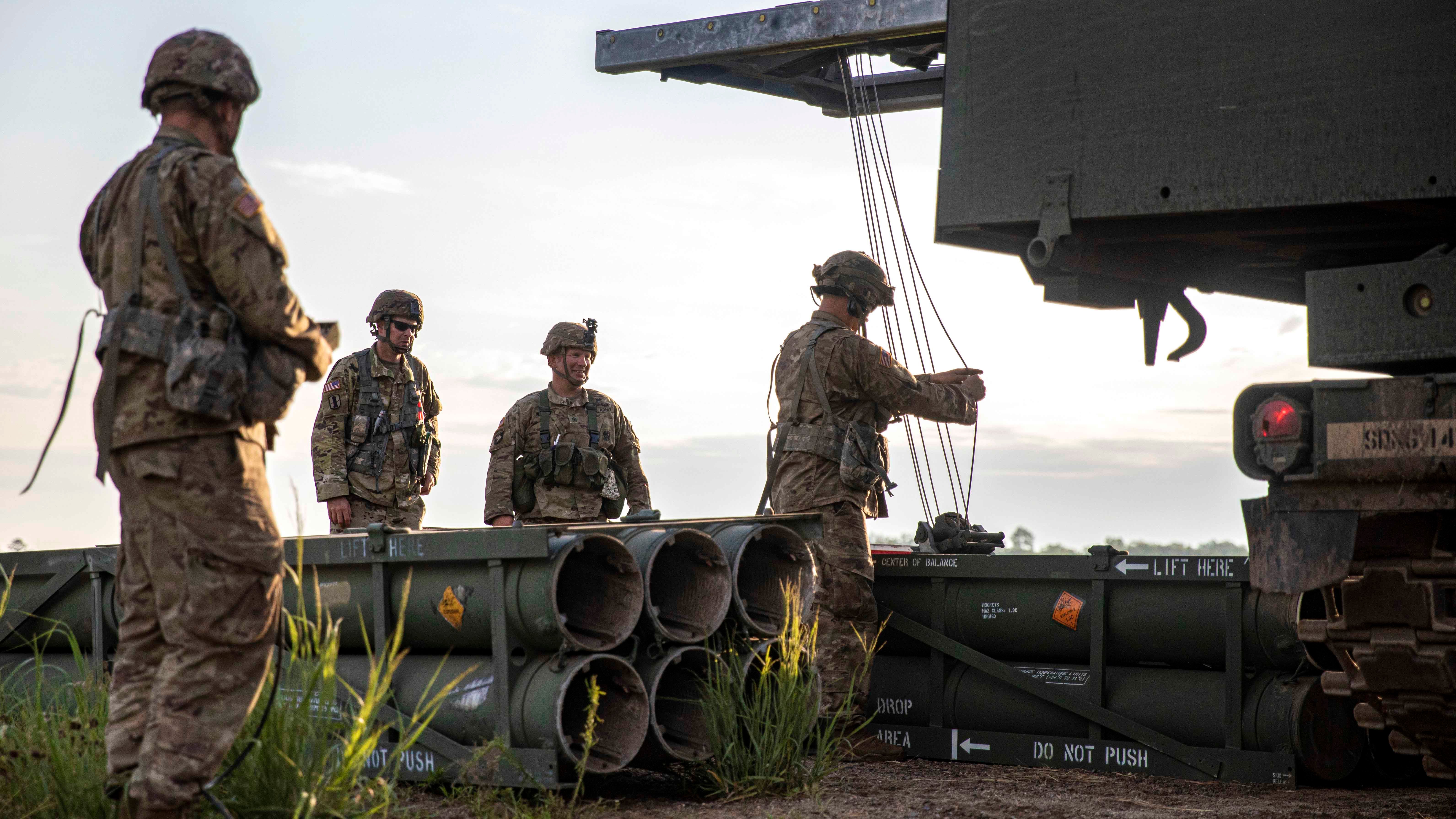GAO: Guard, Reserve Troops Struggle to Get VA Benefits
GAO: Guard, Reserve Troops Struggle to Get VA Benefits

National Guard and Reserve members are having trouble accessing disability compensation compared to their active-duty counterparts, a report from the Government Accountability Office found.
“Since 9/11, members of the reserve components increasingly have been mobilized to meet our nation’s national security needs through deployments overseas or to natural disaster areas,” the report states. “Reserve component members may struggle with many of the same health conditions, such as physical injuries or mental health conditions, as those who serve in the active components.”
While reserve component troops are eligible to receive compensation for service-connected disabilities, “the Department of Veterans Affairs approved 11 to 20 percent fewer initial disability compensation claims from members of the reserve components … than the active components … each year from 2012 through 2021,” the report found.
The report analyzed data from the VA, federal laws, DoD and VA policies and interviews with 15 stakeholders, from researchers to veteran service organizations.
Reserve component troops make up over one-third of the U.S. military, according to the report. The Army is the largest component of the selected reserve, with 42.7% serving in the Army National Guard and 22.8% in the Army Reserve, according to DoD’s 2022 demographics profile of selected reserve members.
Members of the reserve component experience a knowledge gap when it comes to documenting their health conditions to support future disability claims. They also may struggle to prove that disabilities are service-related when they only serve part-time, the GAO report states.
“The more time that passes between the reserve component member developing a health condition and obtaining a line of duty determination, the more difficult it becomes to demonstrate that the health condition developed during military service versus civilian life,” the report found.
Difficulty identifying service dates and the lack of implementation of forms that include annual training dates for reserve component members contributed to the disability compensation gap, the report found.
When soldiers attempt to establish a service connection for disability compensation claims, “the DD Form 214 is the ‘gold standard’ for demonstrating military service,” according to 12 of 15 stakeholders cited in the report. “However, reserve component members generally do not receive one for drill weekends, 2-week annual training, or certain periods of active duty lasting 30 days or less.”
DoD has begun to address this through an updated form, called a DD Form 214-1, but the Army has yet to fully implement it, according to the report.
The Department of Veterans Affairs could make several changes to ensure that reserve component members have equitable access to benefits, the report found. “The VA could begin monitoring claim approval rates of reserve component members compared to those of the active components,” the report concluded. “VA and DOD could both use this information to inform whether course corrections, additional interventions, or analyses are needed to address challenges facing reserve component members in accessing disability compensation.”
Read the report here.

